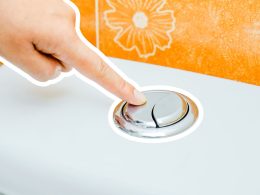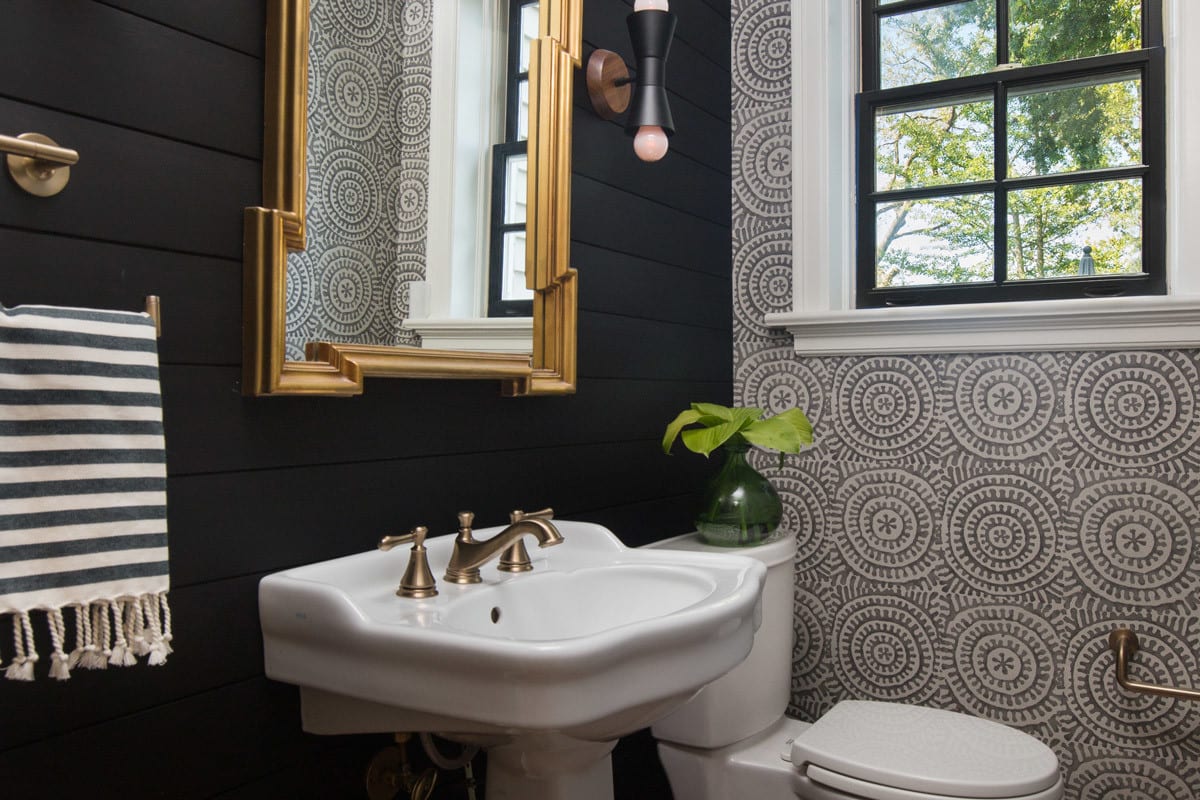It is quite interesting to explore different intricacies of the interior design. This is because many things that seem insignificant and unimportant appear to be rather considerable in terms of space organization. Interior wall and door signs can be easily listed in the category of such items.
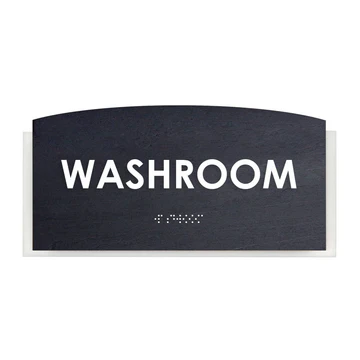
There are many different types of signage used within publicly accessible spaces. Some plaques and signs are mandatory while others are used simply for decoration purposes. In this short review from Bsign, we will focus on the type of signage that is considered obligatory — washroom signage.
Why Do We Need Washroom Signs?
Washroom signs have been around for quite a while. Actually, they are considered to be pioneer interior signs since the first ever restroom symbols appeared during the times of ancient civilizations. Even back then, there was a need to indicate the location of latrines and bathing facilities. So, the question about the necessity of washroom signs now disappears instantly — these are important markers for the proper building organization. From that perspective, washroom signs can be considered as important as washrooms themselves.
Types of Washroom Signage
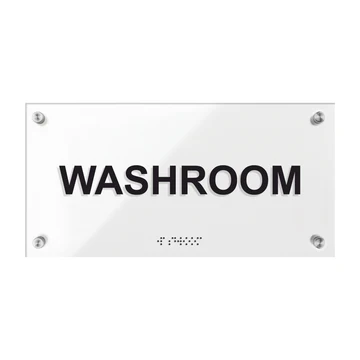
- Gender-specific restroom signs: According to some reports, back in the day, it was a normal practice to have no difference between men’s and women’s restroom signs. However, in the 19th century, gender-specific restroom signs appeared as a marker of gender segregation.
- Gender-neutral restroom signs: When a facility does not want to make a difference between restrooms for male and female visitors, this restroom is identified with a gender-neutral or unisex restroom sign. This type of washroom signage is also relevant when the facility does not want to impose upon its visitors the standards of traditional gender segregation.
- Wheelchair restroom signs: These plaques indicate washrooms designed specifically for disabled individuals who have to move on wheelchairs. It should be additionally noted that such washrooms should be equipped not only with special signs but with extra tools to assist disabled visitors.
- Mother restroom signs: These signs indicate that a washroom is designed in a way that it would be comfortable to feed or change their small kids. Such signs are markers of the inclusivity of the facility because they show that all categories of visitors can feel safe and comfortable there.
- Clean restroom sign: Often, in accommodation facilities, there is the need to inform guests that washroom cleaning is finished. This is done with temporary “clean restroom” signs.
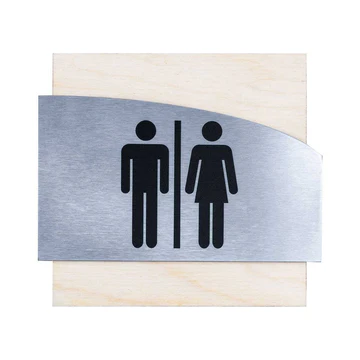
The Best Materials for a Washroom Sign
When choosing a washroom sign, you have to realise the importance of its durability. A washroom is an area that requires regular and serious cleaning, that is why you sign will have to serve in humid conditions.
Stainless steel and acrylic glass are the best materials to be used in this environment. Besides, they are quite easy to clean, and you may not worry about leaving any surface scratches or other damage after cleaning.








